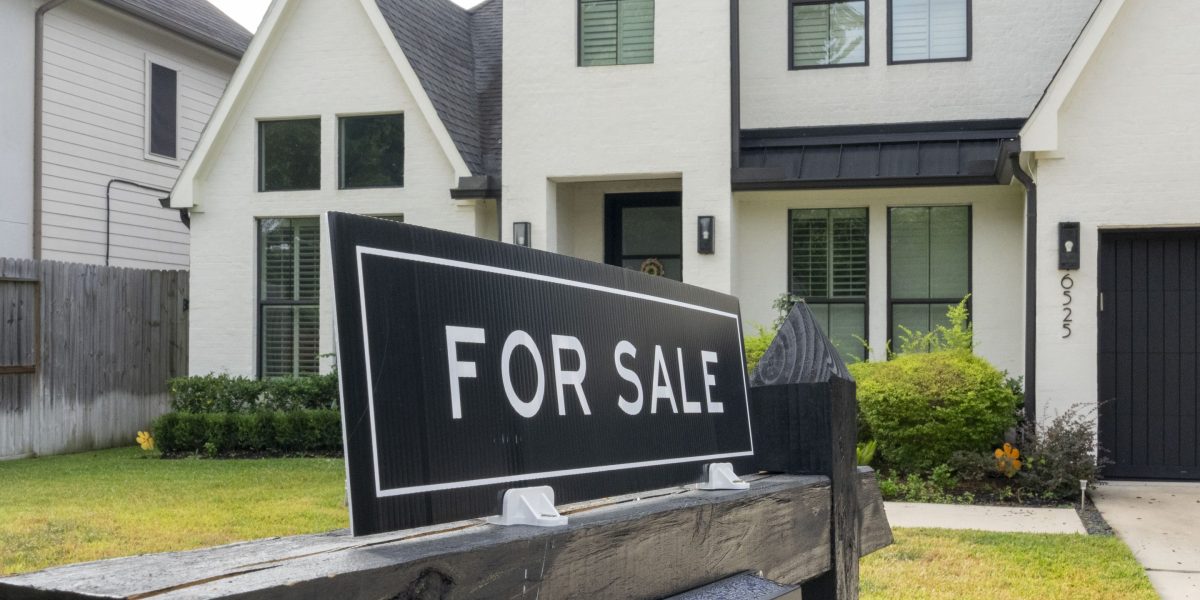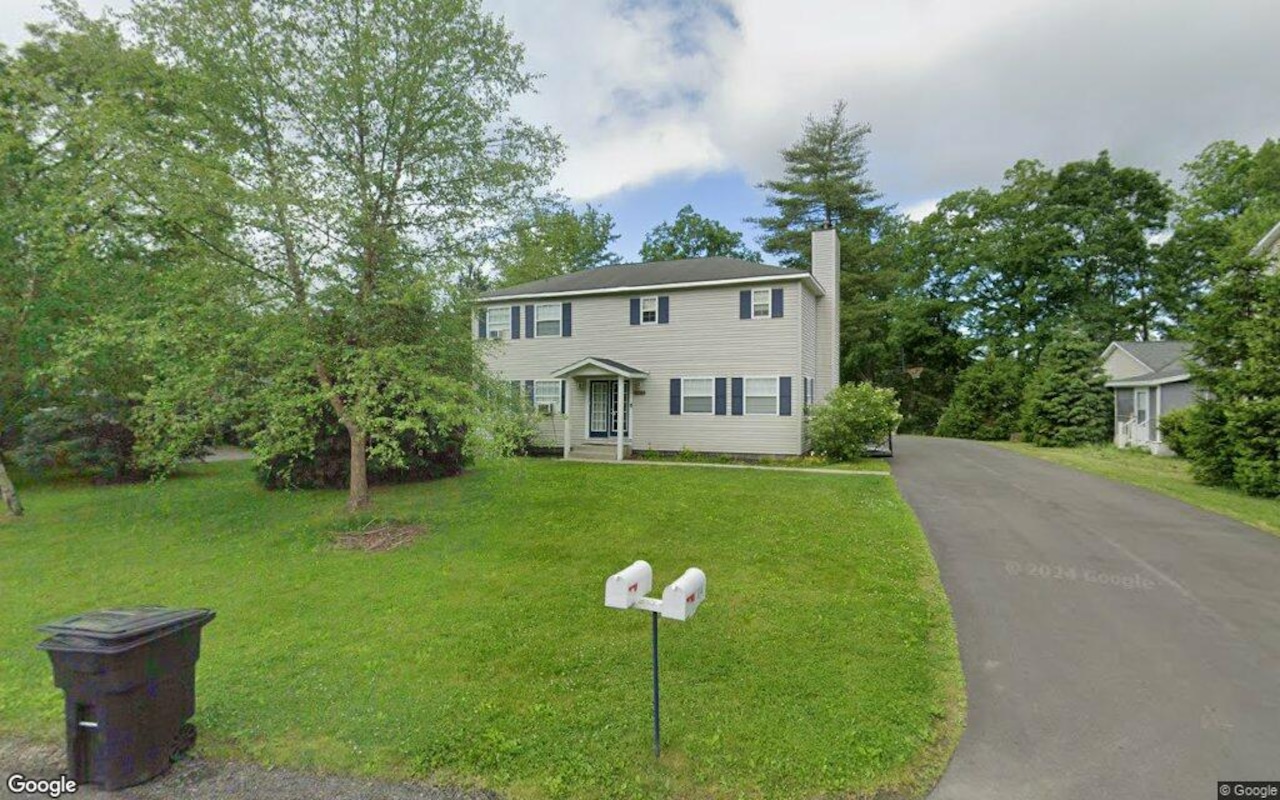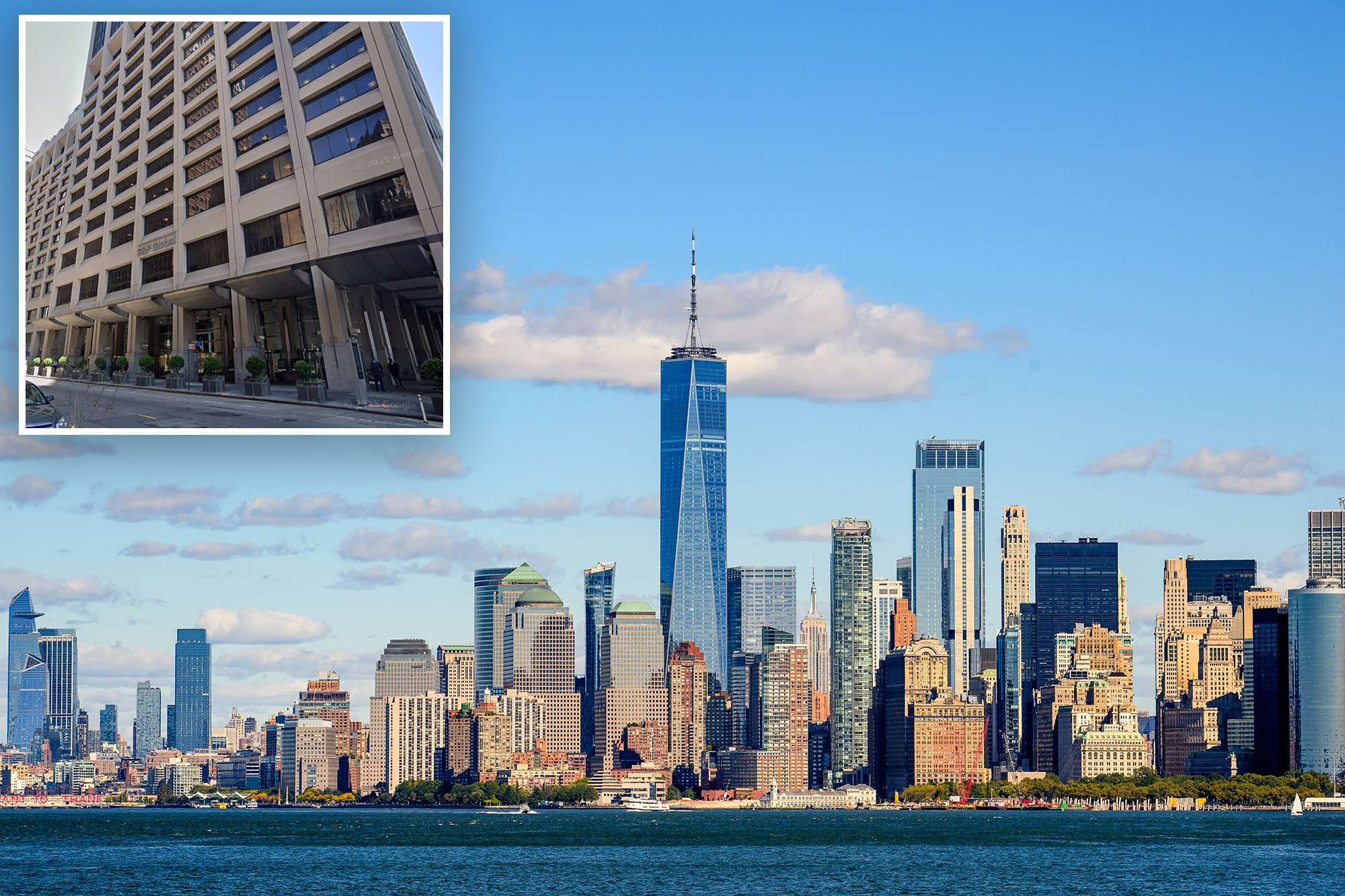T
he COVID-19 pandemic sent shockwaves through the US office market, precipitating a seismic shift in remote-work policies and a corresponding downturn in demand for commercial space. A study by researchers Arpit Gupta, Vrinda Mittal, and Stijn Van Nieuwerburgh reveals that major US office markets saw occupancy plummet by 90% between February and March 2020, as buildings emptied out. While occupancy rates rebounded by the end of 2023, they remained at roughly half their pre-pandemic levels.
The uncertainty surrounding remote work continues to weigh on commercial real estate, suppressing lease revenue, renewal rates, and office occupancy. However, hybrid work arrangements offer a glimmer of hope. The researchers found that companies expecting employees to be in the office one day per week saw demand for office space drop by 41% from 2019 to 2023, whereas those with staff onsite two to three days experienced only a 9% decline. Conversely, companies anticipating four or five days of in-office work saw their demand grow by 1%.
The researchers' analysis of real estate investment trust returns reveals that New York office space values plummeted by nearly half between December 2019 and December 2020. Projecting forward to 2030, they considered two scenarios: stable office occupancy by 2026 or continued declines due to increased remote work. Under the first scenario, average office value in New York would be about 47% below 2019 levels; under the second, those values would plummet to 67% below pre-pandemic levels.
Hybrid work may mitigate some of this decline: for every additional day per week employees spend in the office, office values decrease by 7%. The researchers found that New York experienced the largest dollar decline in office value during the pandemic ($90 billion), while San Francisco saw the sharpest percentage drop. Across all US offices, values decreased by $557 billion from December 2019 to December 2023.
The total value of annualized revenue for in-force office leases declined by 15% from 2019 to 2023, from about $91 billion to $77 billion. Newly signed lease volume plummeted from approximately 414 million sq. ft. per year in the second half of 2019 to around 150 million sq. ft. in the second half of 2023. Net effective rents declined for both existing and newly signed leases.
A "flight to quality" helped newer office buildings with more amenities fare better, as their rents decreased less than those of lower-quality buildings or even increased. This trend suggests that firms must improve office quality to entice workers back into the office. The researchers note that declining office values have serious implications for urban areas, where commercial real estate taxes represent about 10% of overall tax revenue.
To address vacancies, they propose converting empty office spaces into multifamily apartment homes. Programs like New York's Office Conversion Accelerator program aim to stimulate this trend, and many central business districts now offer subsidies to encourage office conversions.













